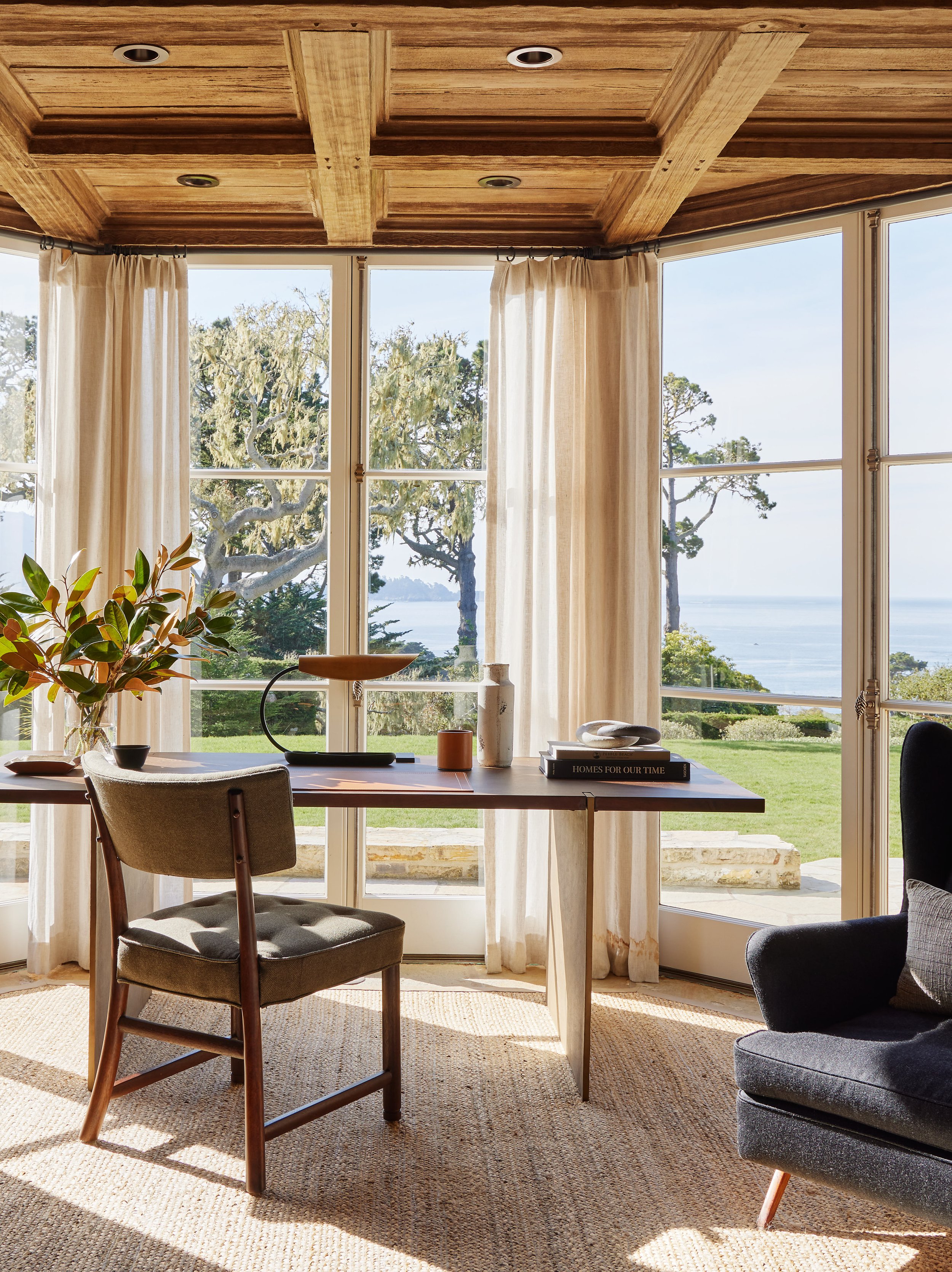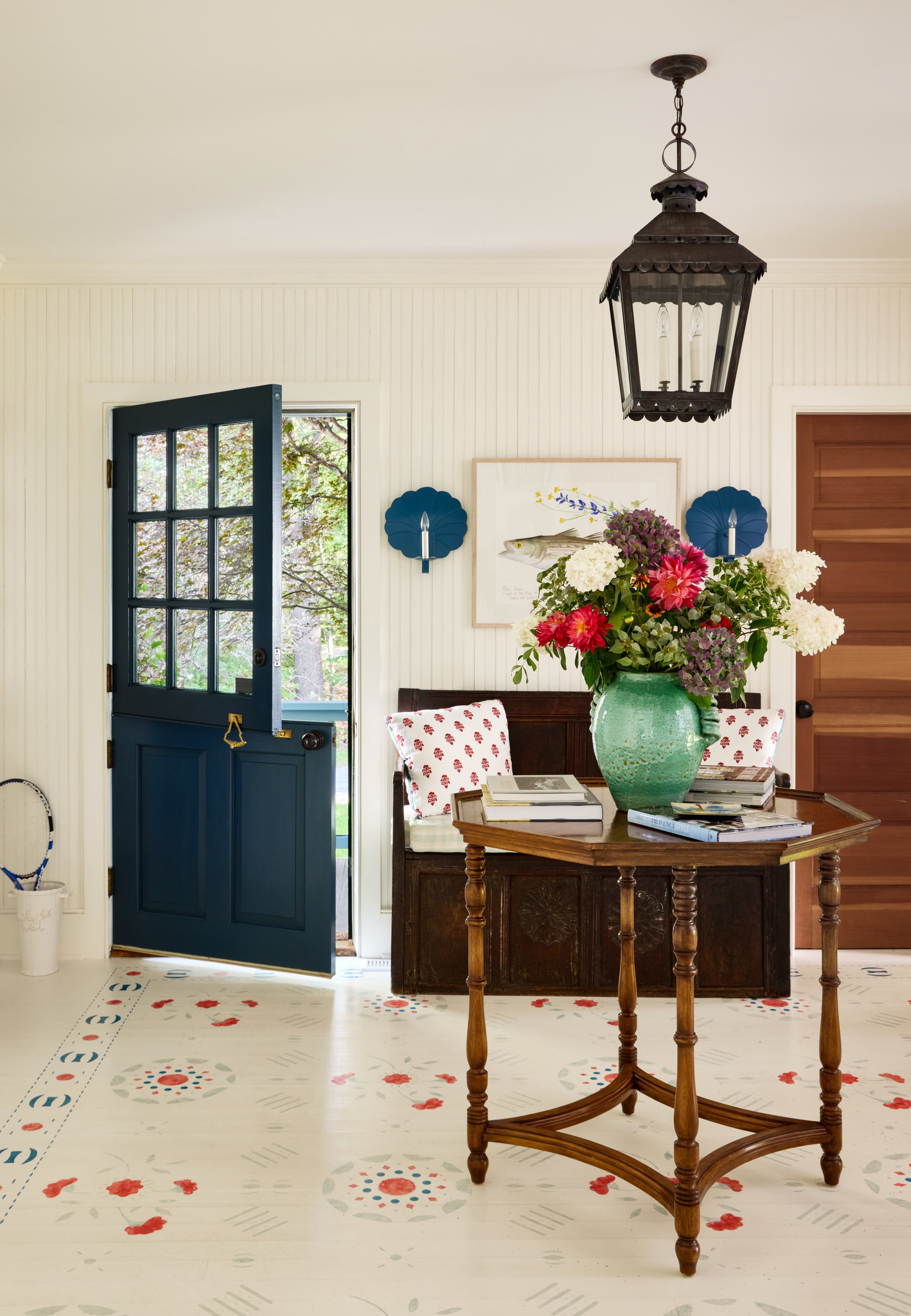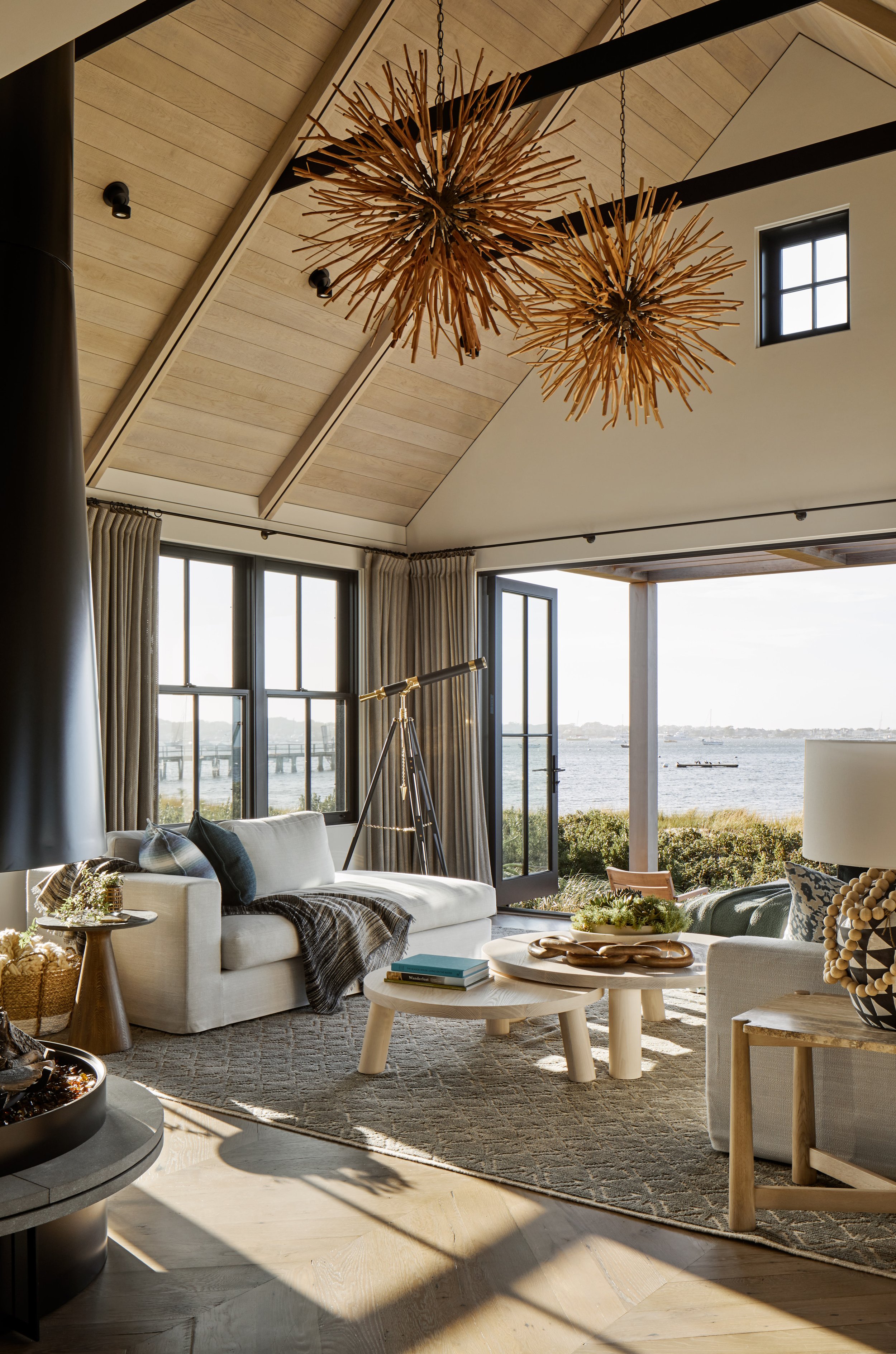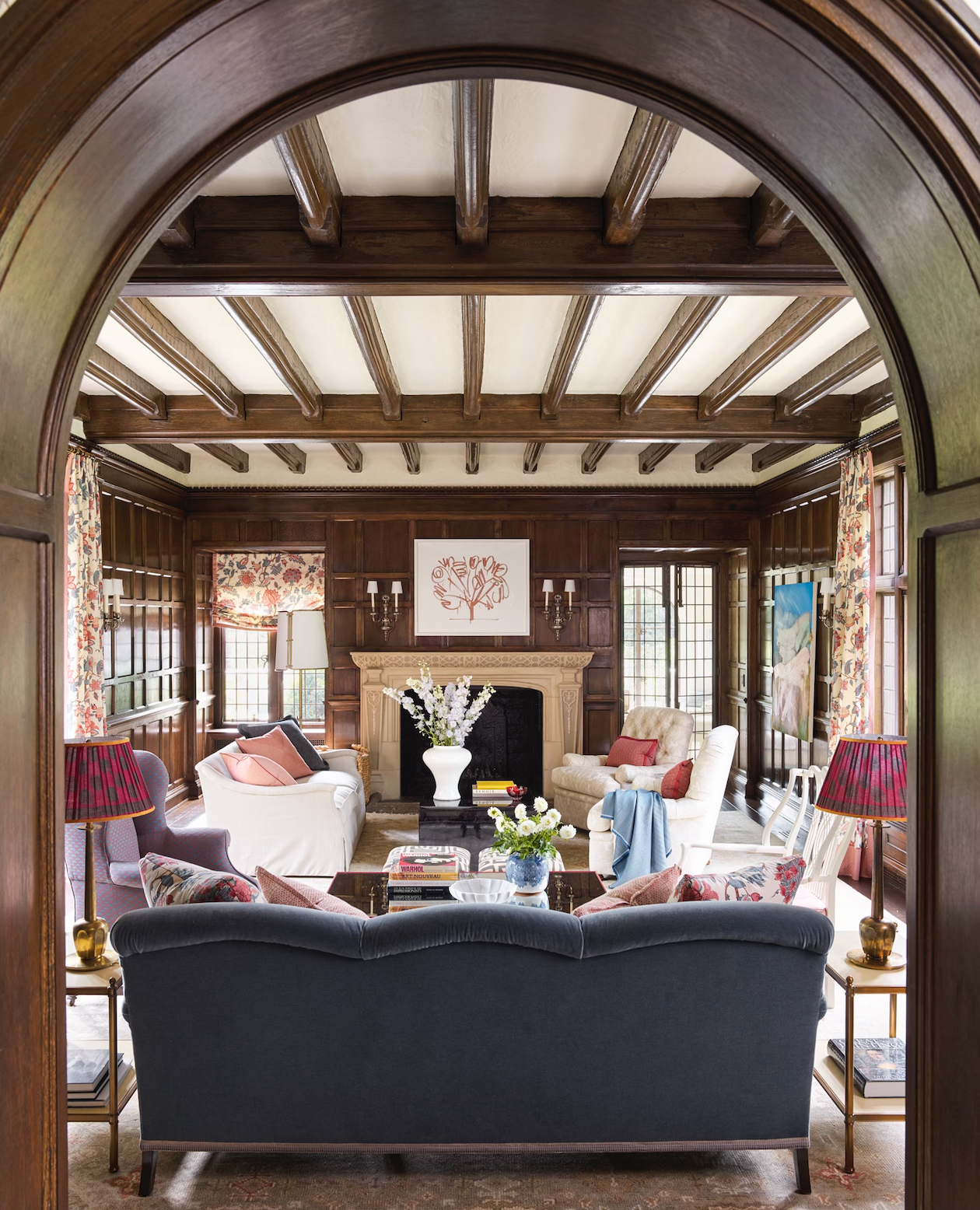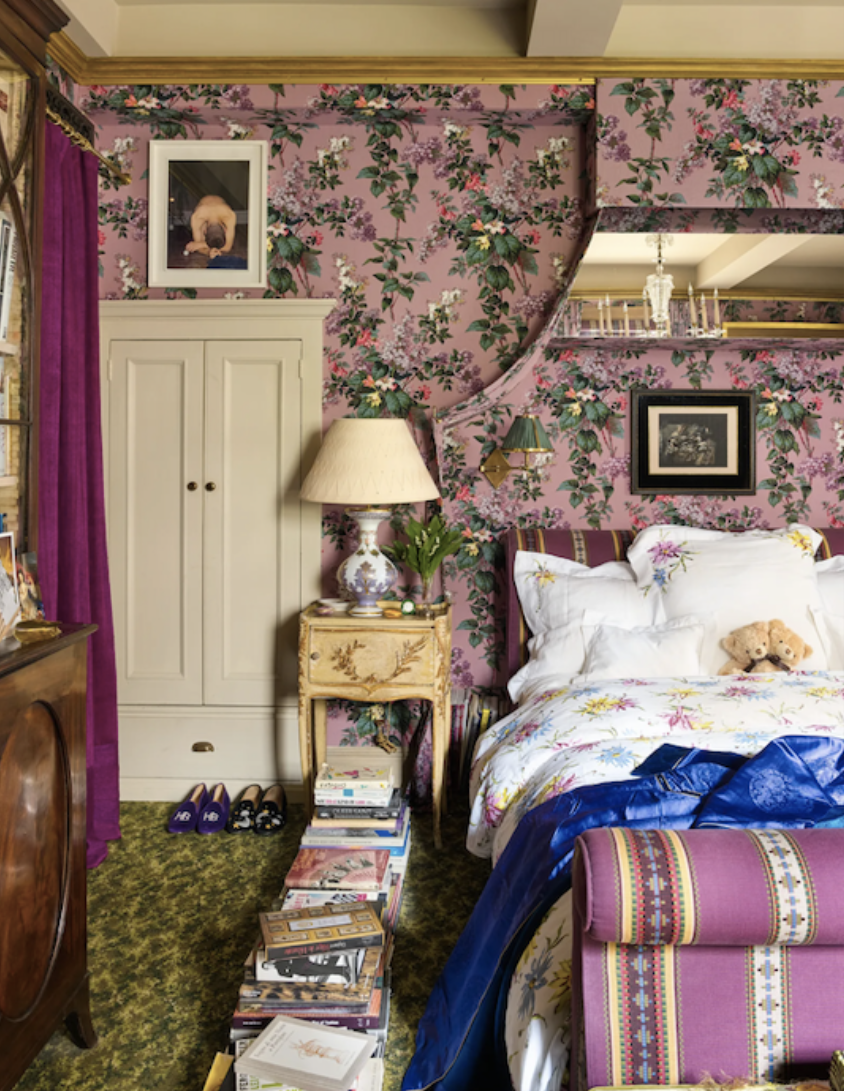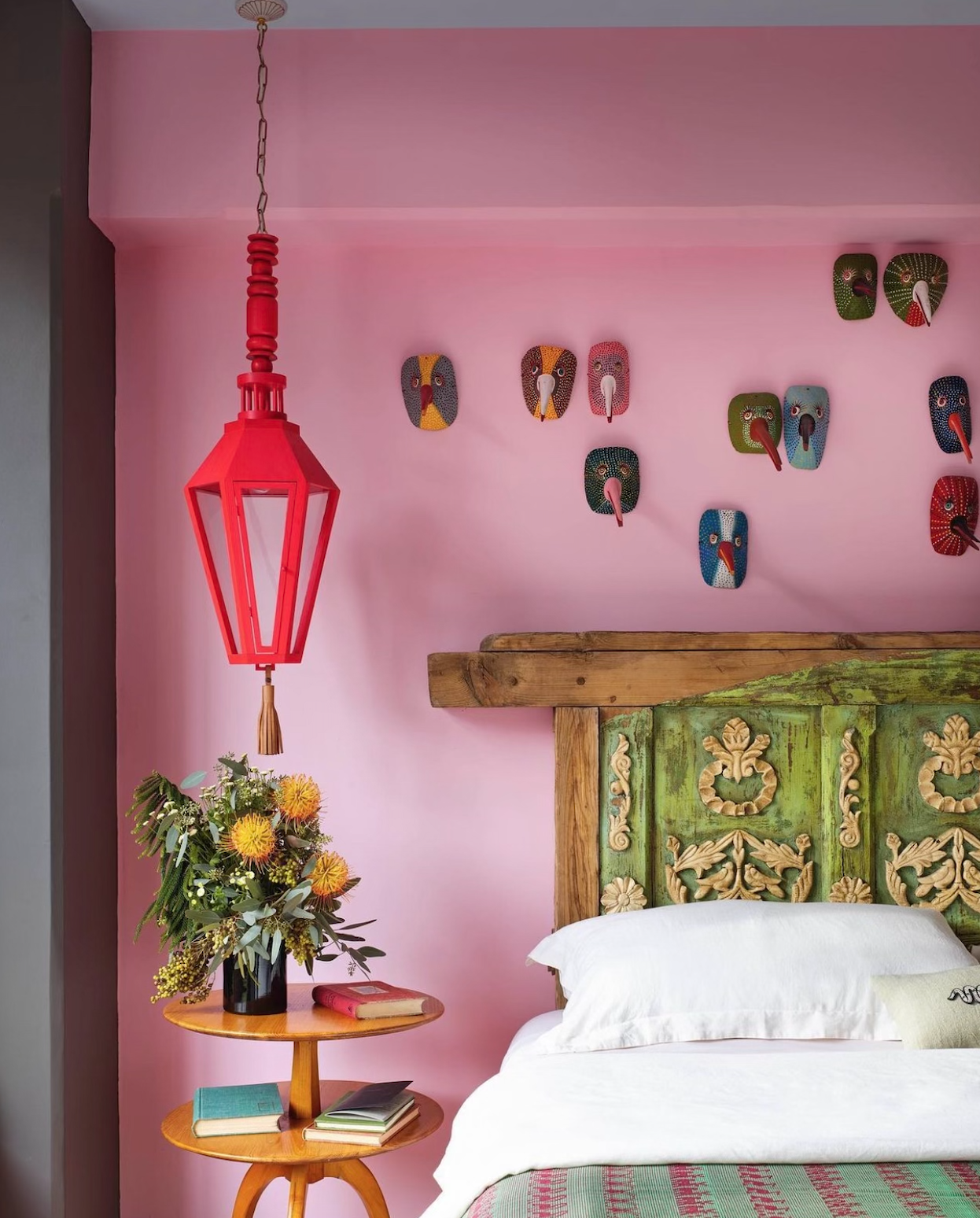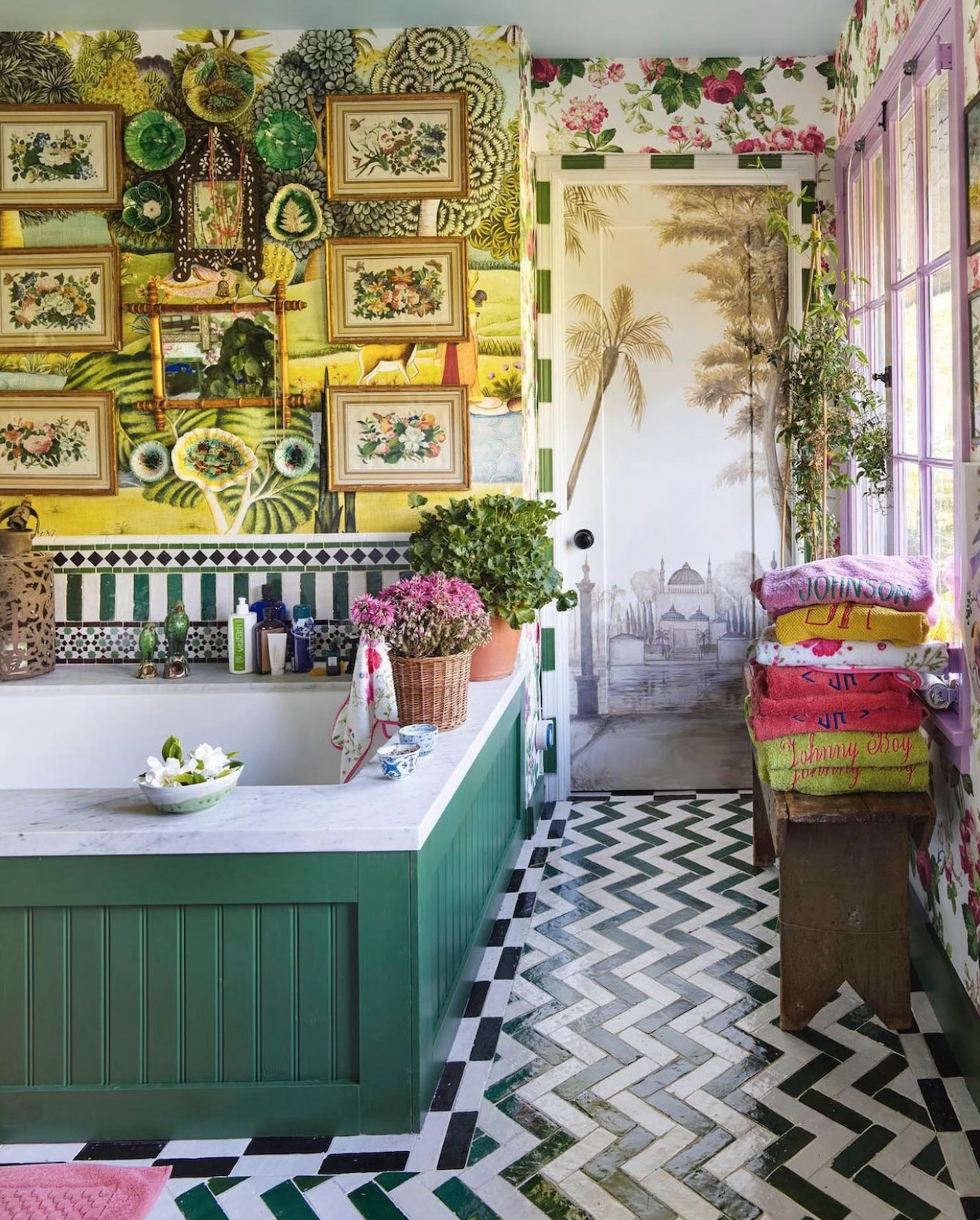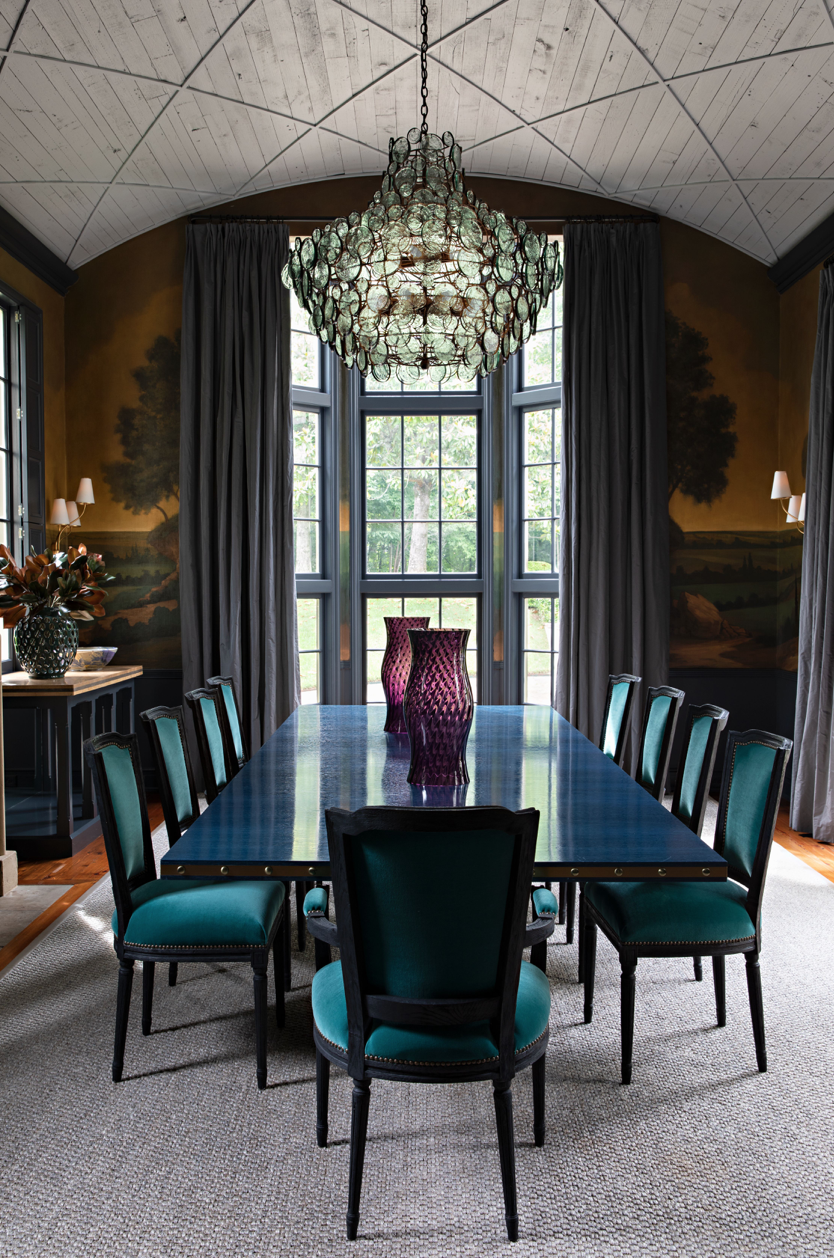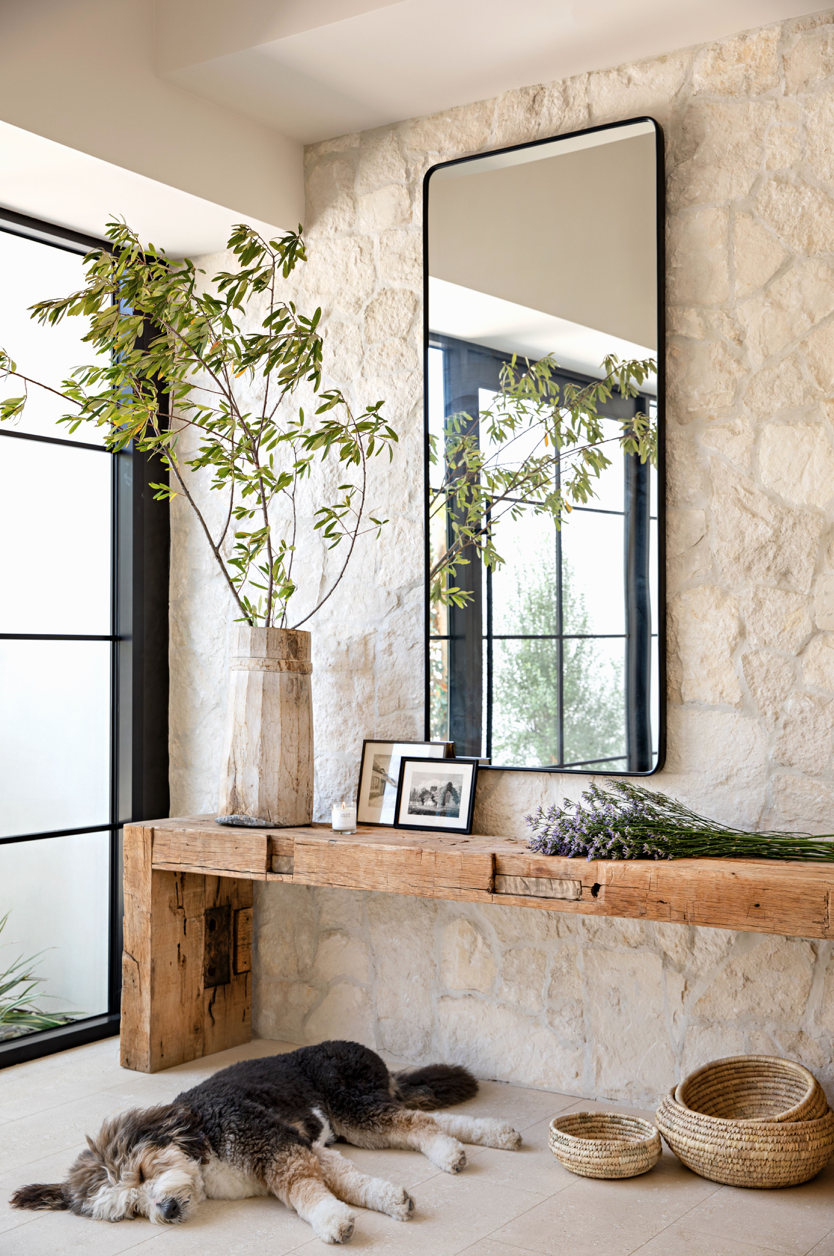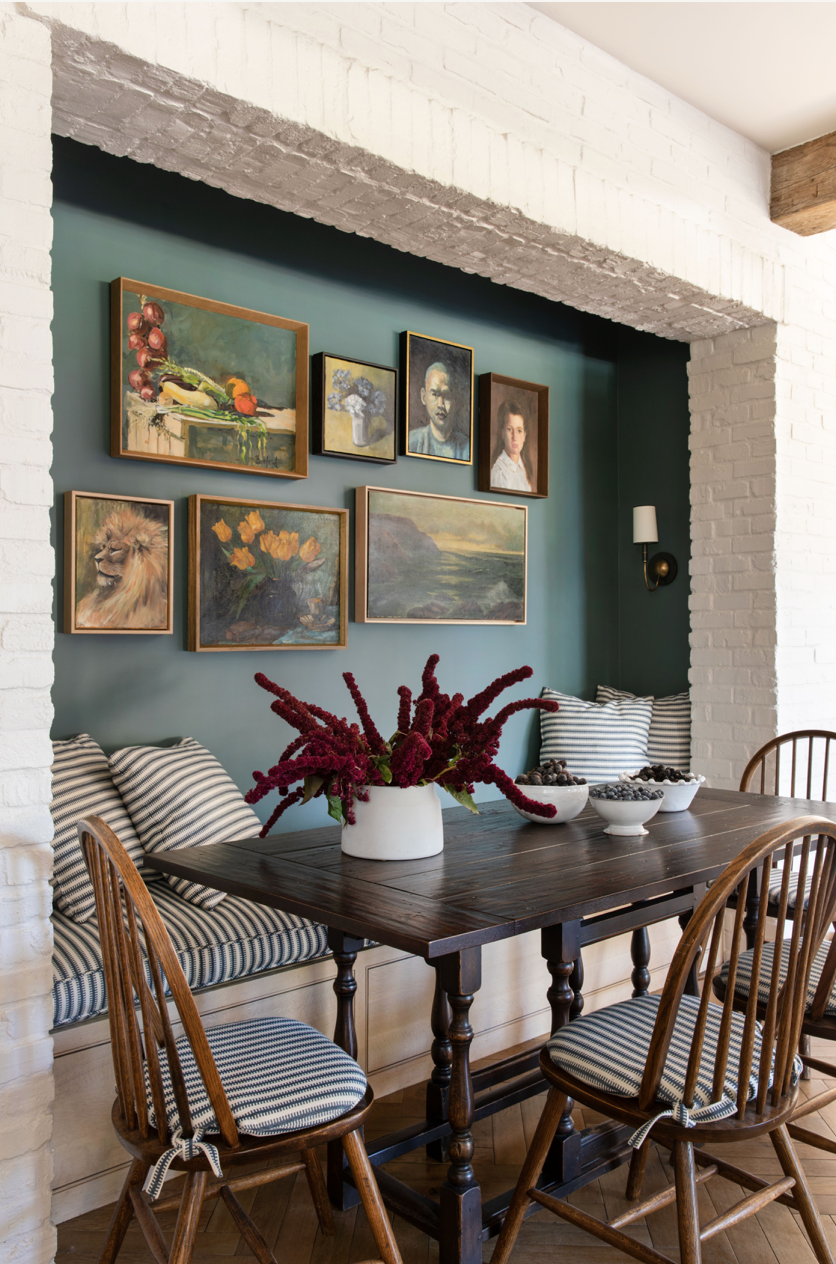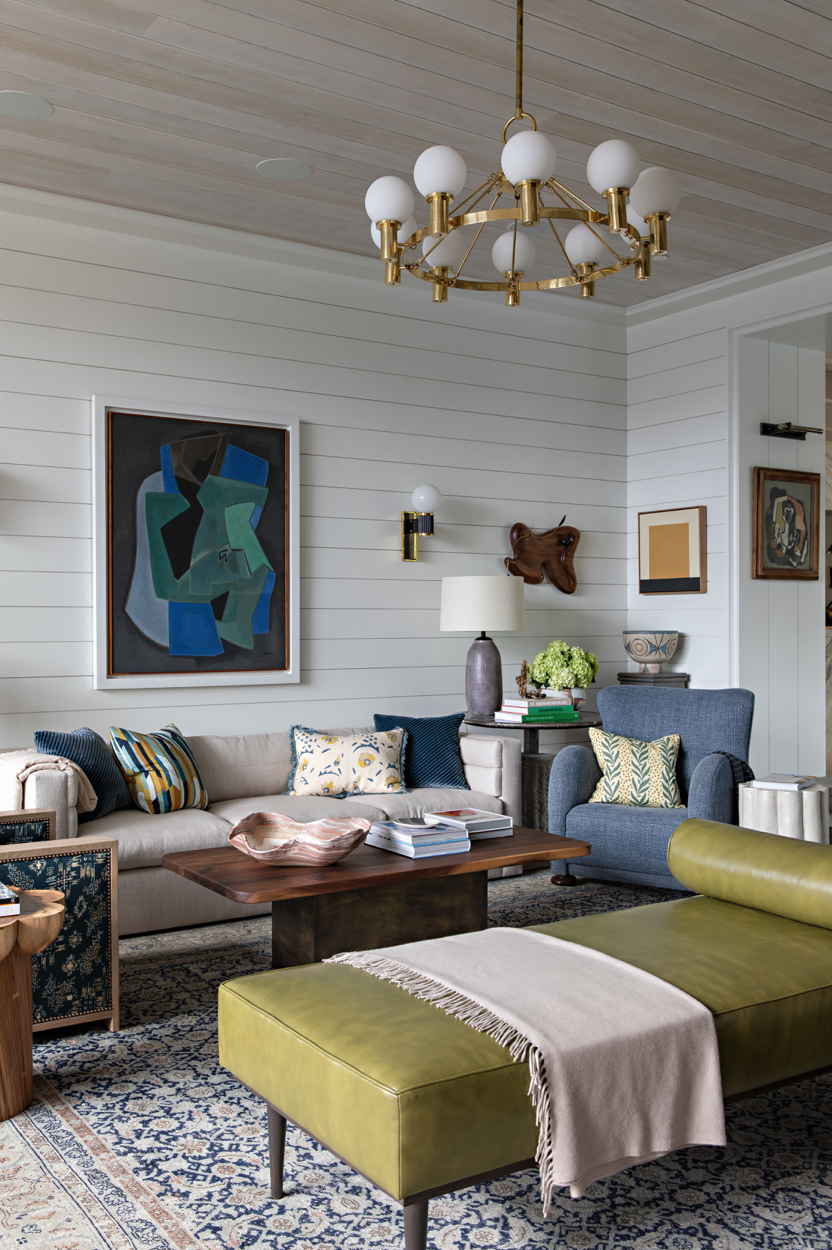Four Reasons Why Designers Need Professional Photography
You’ve designed a beautiful space, and your client is thrilled. Time to snap a few iPhone pics and move on to the next project, right? Not quite. In a visually driven industry where magazine photography budgets are increasingly slim to non-existent, hiring a professional photographer to capture your work has never been more crucial.
At the same time, it can be an intimidating investment, especially for a growing interior design business—a good photographer can cost anywhere from $3,000-$8,000 or more per day, depending on the scope of work. So we spoke to three top interiors photographers for tips on navigating the process: Read McKendree, Karyn Millet, and Annie Schlechter, whose collective work has appeared in Architectural Digest, Vogue, Condé Nast Traveler, Veranda, Luxe Interiors + Design, and House Beautiful—to name a few.
Here are four reasons to invest in professional photography (and what factors you should consider along the way).
Photography by Read McKendree (1) Designed by Workshop APD as seen on the cover of Cottages & Gardens (2) Designed by Lilse Mckenna featured in Architectural Digest, styled by Frances Bailey. (3) Designed by Workshop APD as seen in Elle Decor (4) The Asbury Park home of Matt Berman, founder of Workshop APD
Build A Portfolio
A visual portfolio of work not only honors your creative achievements, but provides rich fodder for your website and other marketing materials. Photography that accurately represents your talent will enable you to attract a higher volume of qualified clients—ones who understand and appreciate your unique style and abilities.
The pros recommend being strategic about the timing of your shoot. “If the homeowner has young kids that like to write on the walls and tear apart furniture, you want to shoot sooner than later,” McKendree says. “But if they have great tastes that align with your design intention, the space will feel more lived in once they’ve filled it with their own objects over time. It’s about finding a balance.”
2. Create An Enduring Record Of Your Work
Having a professional record of every project on hand keeps the door open for future monographs. “You might think you’ll never do a book now, but ten years down the line if you change your mind, you’ll regret not having preserved your work in a high-quality way,” notes Millet, who recommends choosing one photographer and sticking with them over the course of many projects for consistency of style.
Schlecter agrees most people work with one photographer over their career, but also points out the value of a more diverse collaboration. “Having multiple interpretations of your projects may appeal to different audiences,” she says. But if you choose to go that route, she advises, make sure the photographers you choose have complementary styles.
The best way to choose the right photographer, Schechter suggests, is to browse design magazines and flag any images that catch your eye. From there, compile a list and explore the websites of your favorite contenders.
McKendree recommends choosing someone who treats light in a way you appreciate. “Some photographers create happy, bright, washed-out photos and some create moody, darker images with lots of shadow. And then there’s lots of people in between.”
Photography by Annie Schlecter (1) Designed by Carrier and Co. for Veranda Magazine, styled by ever lovely Frances Bailey (2) Hamish Bowles apartment for Vogue Magazine (3) Design by Jessica Ayromloo in Mexico City for Architectural Digest (4) LA Home of Johnson Hartig for The World of Interiors art by Mark Lazenby
3. Increase Your Chances of Publication
Magazine editors are flooded with project pitches, so the competition is stiff and publication is never a guarantee. But if you want to put yourself in the running, scouting shots won’t cut it. Magazine-worthy images are essential for standing out. But more importantly, most editors no longer have the budgets or timelines for photography. So the images in your pitch will likely be the same images that ultimately make it onto the page or screen.
“I like to frame shots according to what will work in a magazine,” says Millet, who along with Schlecter and McKendree, always approaches projects from an editorial perspective. “For example, I know that negative space is okay because you could put a quote over it, or a photo caption. I know editors love to have space for text.”
“Not only are we creating beautiful archival images for a client to remember their projects by, we’re also giving them the best shot at getting published,” adds McKendree.
Schlecter recalls the experience of a client who struggled for years to catch the eye of editors. “But when she finally set aside the random scouting shots and invested in professional photography, her project was published both online and in a print magazine,” she says. “And the photos conveyed exactly how the designer wanted the project to look.”
Photography by Karyn Millet (1) Designed by Cameron Design (2) Designed by Intimate Living Interiors (3) Designed by Lucas Studio, Inc. & architecture by Pursley Dixon (4) Designed by Molly Britt, architecture by Eric Olsen Design
4. Gain a Following
The days of solely relying on word-of-mouth referrals for business are long gone—now many designers are getting work from social media, including Instagram and Pinterest. “I’ve seen designers invest in good photography and have the images they share on social media spread like wildfire,” McKendree notes. One designer in particular, he recalls, shared her professional photos on social media and her following quickly exploded. “Now whenever she’s about to release a project, editors scramble for it.”
All three photographers note the importance of shooting a full house, whenever possible. For each project, they advise, at a minimum, securing shots of a bedroom, bathroom, kitchen, dining room, living room, a second bedroom, plus an exterior.
Ultimately, professional photography will elevate your brand on every level, enabling you to efficiently communicate your talent and expertise to potential clients, colleagues, and magazine editors. While it may be tempting to DIY your photos, remember that hiring a professional to capture your hard work in its best light is not just another business cost—it’s a lifelong career investment.
Follow our featured photographers on Instagram at @readmckendree @karynmillet @annieschlecter
__
Written by Kamala Nair for The Brand Journal. Kamala is a Copywriter and Brand Voice Expert for Interior Designers and Architects.


